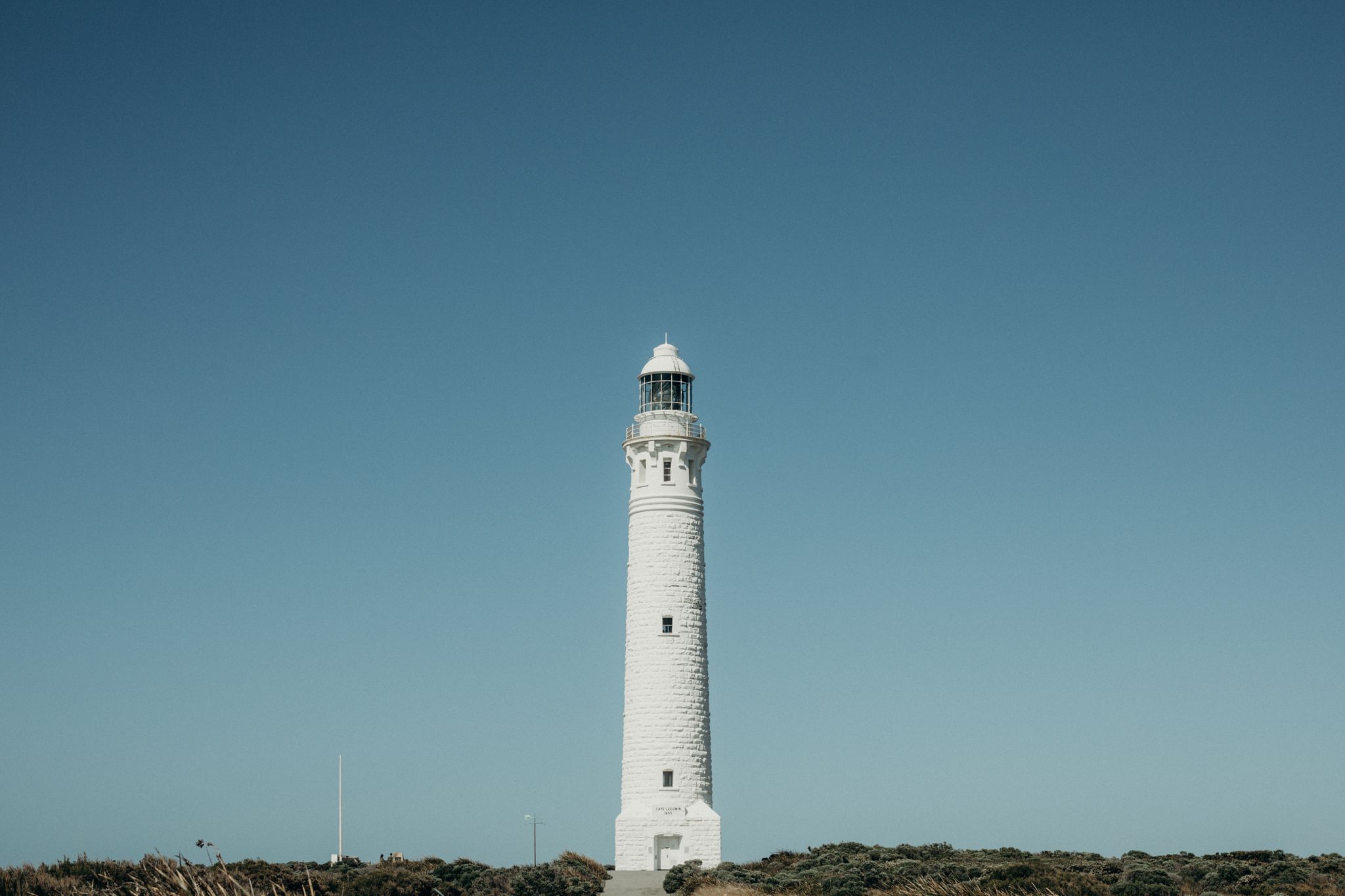Have you ever been drawn to the edge?
A rain squall announces its presence by rapping the windscreen on my car with the urgency of a touch typist. I stop at the aptly named Storm Bay Road on the outskirts of Augusta, a town that sits perched on the south-western extremity of the Australian continent. Between the rushed blur of my wiper blades, I can make out a couple of whales launch themselves out of the salty brine of Flinders Bay before crashing back in an explosion of blubber and whitewash.
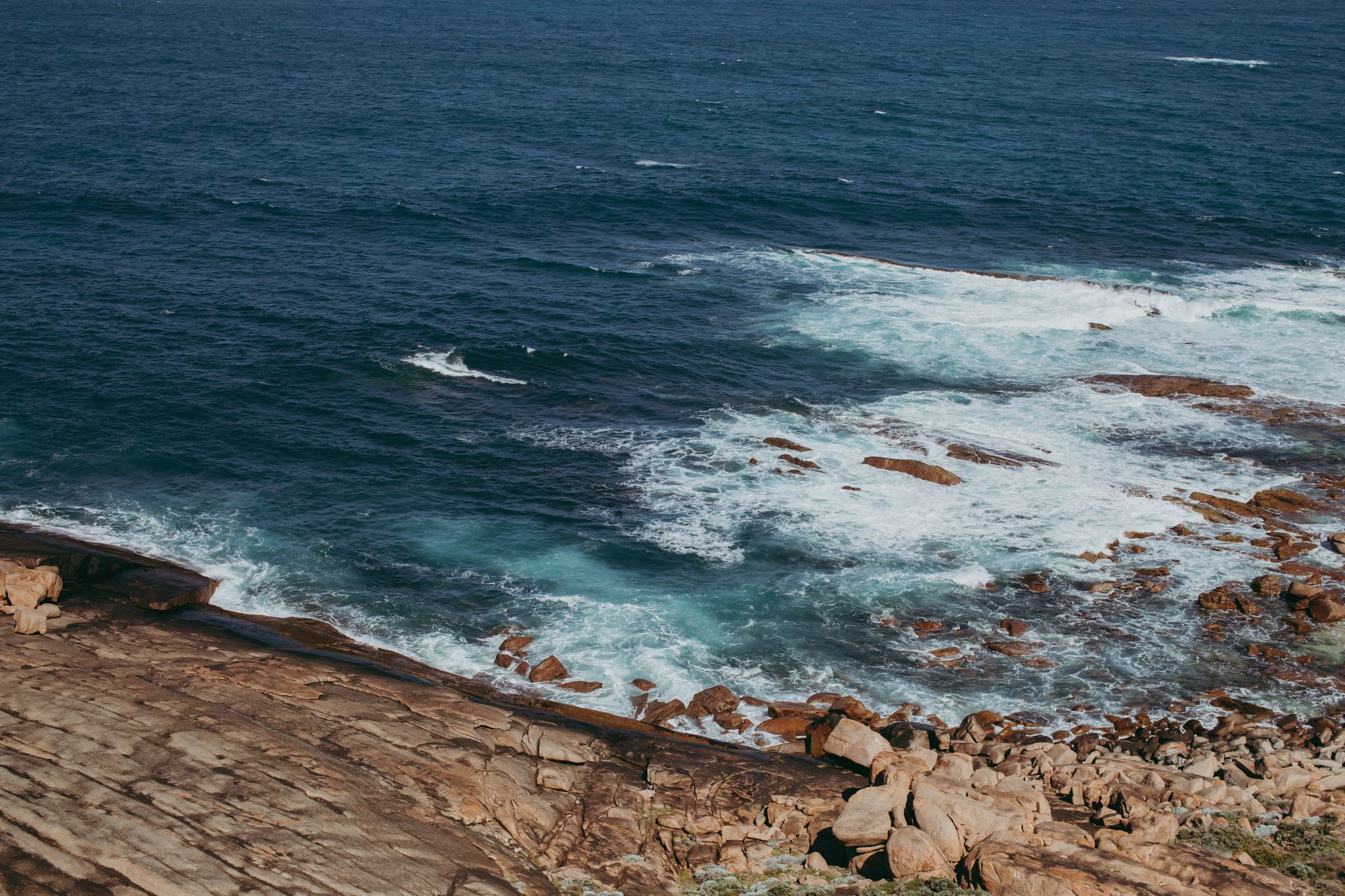
Despite the vast distance between them, the three great capes are all connected by a conveyor belt of relentless westerly wind that circumnavigates the ‘Roaring Forties’ latitudes beneath them. Acting as gateways to the oceans of the Southern Hemisphere they share a unique importance in navigational and seafaring past and present. With no significant land mass separating the great capes from Antarctica, the unabated wind and swell beneath represent an inhospitable wilderness that is both terrifying and captivating in equal measures.
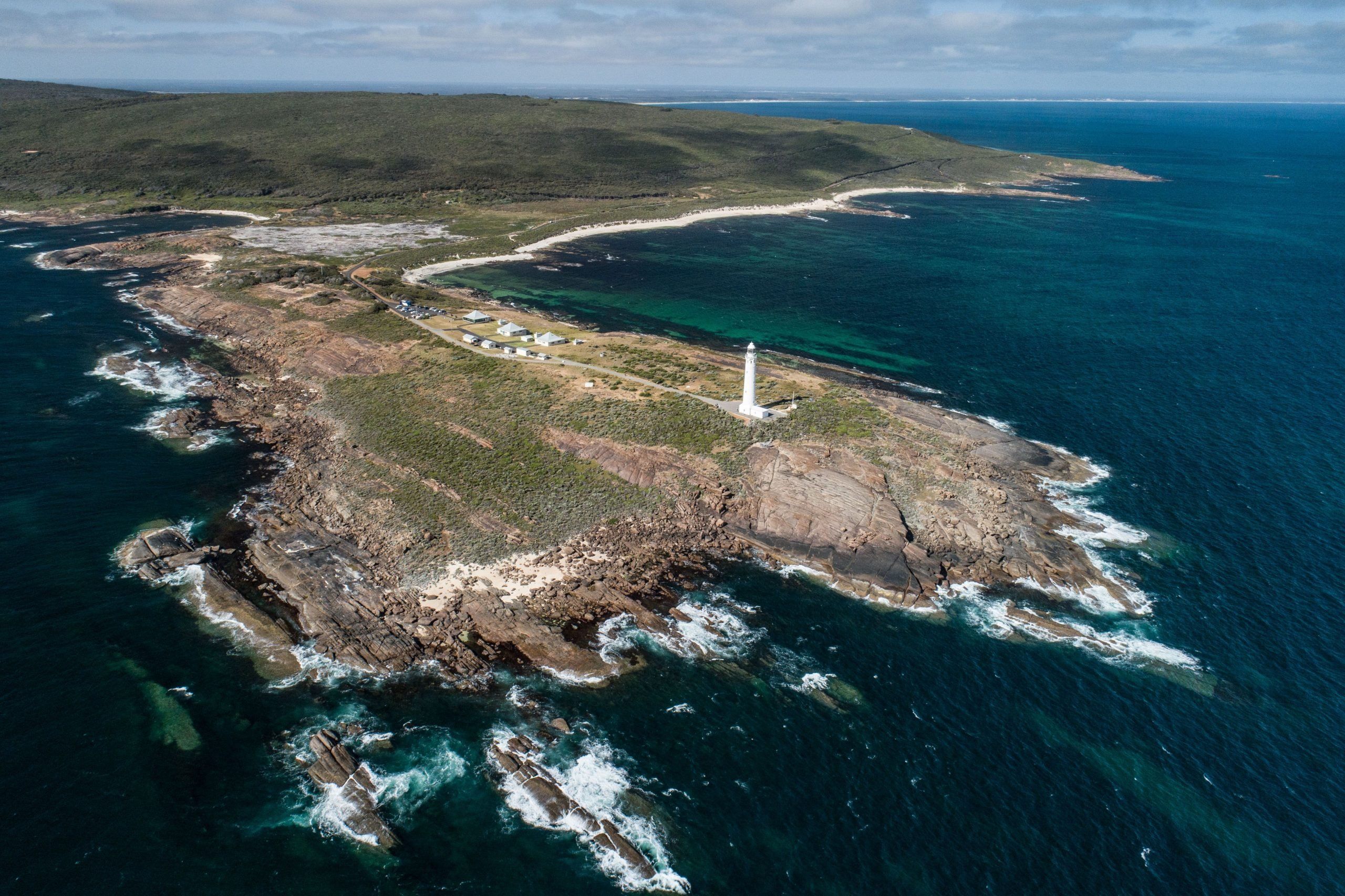
On my way I pass a mass of gnarled melaleuca scrub at the side of the road, forced over at a 45-degree angle it appears to turn its back on the ocean by the ever-present might of the wind. The constant influence of this coastal breeze is felt across the Margaret River Region, influencing the flora and fauna of the area, moderating the temperature and delivering the rainfall in which life here has always relied.
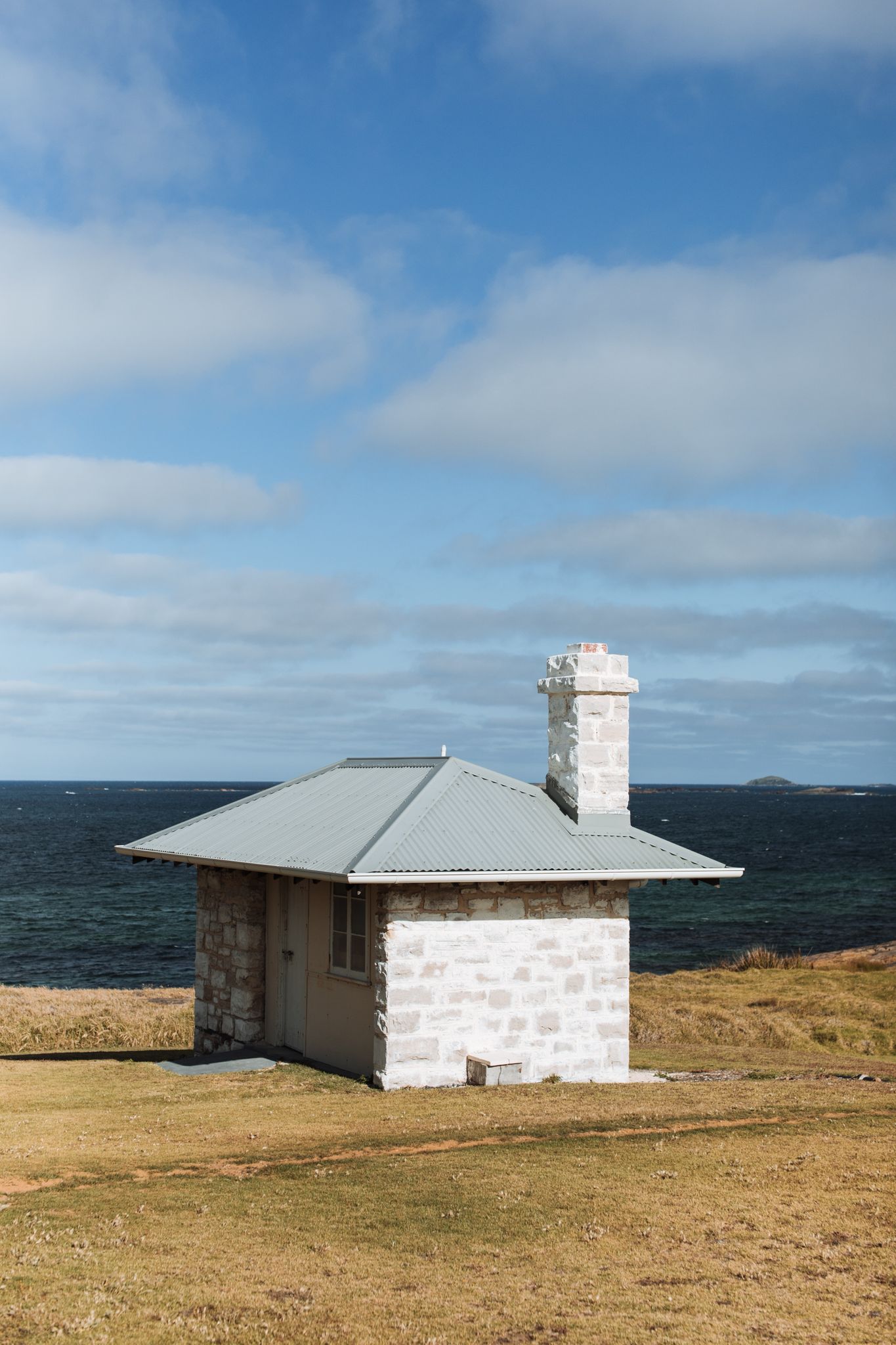
Lacking an accurate way of gauging longitude, the vessels of the time relied on the expertise of the captain and crew to gauge when to turn north. As a result, the use of the Brouwer route led to the unintentional discovery and limited charting of the southwest corner of Western Australia by ships such as the Leeuwin as well as contributing to the numerous shipwrecks from this era along the coastline. Whilst there is no remaining documentation or log from the Leeuwin’s historic 1622 voyage, the coastline that was recorded during this maiden journey appeared on a Dutch map in 1627 by Hessel Gerritsz. In a nod to this significant maritime discovery, the English navigator Matthew Flinders formally named the cape ‘Leeuwin’ in 1801.
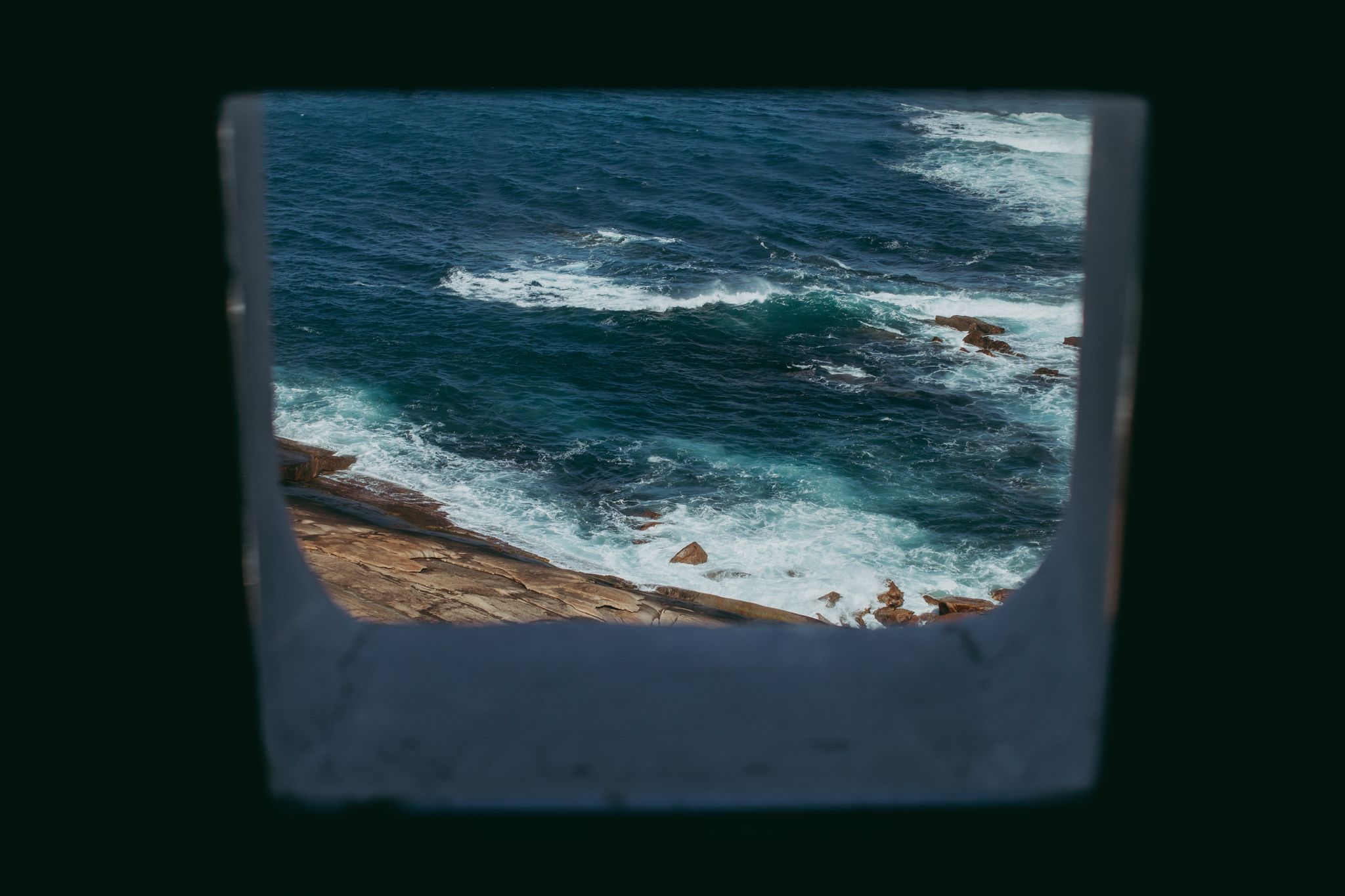
Before long the sparse coastal vegetation makes way to bare rock. I get buffeted by a blast of salt laden air. Steadying myself I look out to sea and try to superimpose a mental image of the Leeuwin rounding the cape. I wonder what those sailors made of the place I am now stood? How did the unexpected sighting of land, likely a consequence of a significant and potentially perilous navigational error make them feel? Did the great unknown land in front of them inspire a similar blend of fear, awe and respect that rises up within me as I gaze across the turbulent seascape stretched towards the horizon.
Despite existing in a state of constant environmental flux, Cape Leeuwin presents visitors with an opportunity to pause. To feel the ancient Gneiss bedrock underfoot as you lean into the untamed westerly breeze. A wind that has travelled around the globe to meet you and will not stop until it meets Cape Horn in 10,000 clicks. Despite the restlessness of elemental forces around, it presents a rare solace worth seeking out: A place where all the problems of the human world are behind you.
